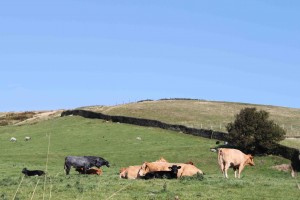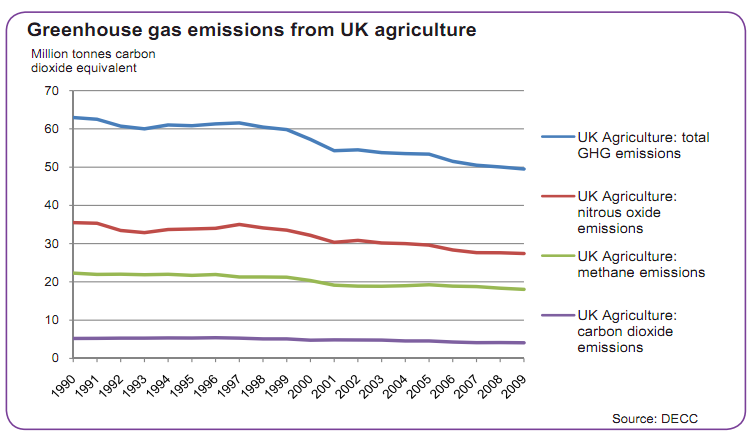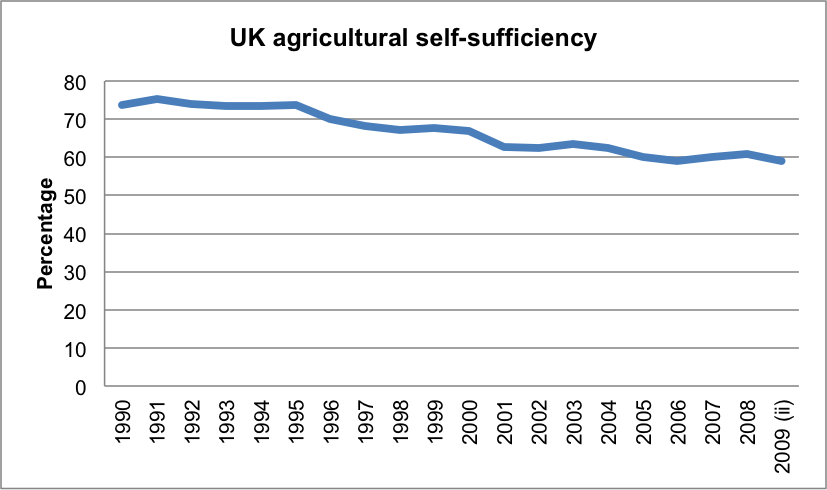The 2011 National Environment White Paper is heavily business-oriented. It’s based on the 2011 National Ecosystem Assessment which puts a monetary value on all the “services” that we take from the natural environment.
For example, it identifies that parks and green spaces will enhance human wellbeing to the value of £290 per household per year in 2060.
The government spin is that putting a monetary value on the services we take from the environment will mean that businesses will have to take account of the costs of pollution and environmental damage that they cause, instead of ignoring them. But critics say that turning the natural environment into an accounting exercise is neoliberalism run mad.
The coalition government plans to develop “ecosystem markets”, based on the accounting exercise in the National Ecosystems Assessment, and has set up an Ecosystem Markets Task Force (EMTF) led by Ian Cheshire, the chief executive of Kingfisher – a corporate group which includes B&Q. He explains that the EMTF is looking at the environment from a very business point of view and that this includes working out new financial instruments and markets for trading “ecosystem services”. For example, the fact that soil can act as a carbon sink, keeping carbon dioxide out of the atmosphere is seen as an “ecosystem service”.
Opponents of extending carbon trading to agriculture say that this is merely a get-out-of-jail card for governments who are unwilling to effectively cap emissions from energy production/consumption. Agribusinesses like Monsanto have been lobbying to include large-scale soil carbon offsets in the carbon market, since this is an opportunity for them to make more profit.
Greenhouse gas emissions from farming
Conventional, intensive UK farming relies on large inputs of fossil fuels, particularly for fertiliser and processed feed for livestock, although this is less so in upland areas like Calderdale where it’s more about cattle and sheep grazing outdoors.
 The Department for Environment, Food and Rural Affairs (Defra) records that in 2009 farming, forestry and land use produced 9% of total UK greenhouse gases (GHGs) – mostly from livestock production which generated 5% of total UK GHGs.
The Department for Environment, Food and Rural Affairs (Defra) records that in 2009 farming, forestry and land use produced 9% of total UK greenhouse gases (GHGs) – mostly from livestock production which generated 5% of total UK GHGs.
The main greenhouse gases produced by farming are nitrous oxide (N2O) and methane (CH4). These are emitted from soils, manure, and from cud-chewing (ruminant) animals like cattle, sheep and deer, which ferment grass in the gut (enteric fermentation). This generates a lot of methane. Methane and nitrous oxide are far more powerful greenhouse gases than carbon dioxide. To calculate their carbon emissions equivalent, methane emissions are are multiplied by 21 and nitrous oxide emissions by 310.
Land and farming absorb greenhouse gas emissions, as well as producing them.
Farming greenhouse gases have fallen since 1990 but so has food production
Since 1990, the sectors called land, land use change and forestry have changed from being a net source of carbon emissions to a net carbon sink. The Carbon Plan says this is mainly because greenhouse gas emissions from farming have declined since 1990, and high levels of afforestation between the 1950s and 1980s have increased removal of greenhouse gases from the atmosphere.
 From 1990 to 2009, total farming greenhouse gases are estimated to have fallen by 21% to 49.5 million tonnes/year. Most of the fall in methane emissions is due to the fall in the numbers of sheep and cattle in the UK since 1990. Most of the fall in nitrous oxide is because farmers are applying less nitrogen fertilizer to grassland, although they’re still applying about the same to arable land as they were in 1990.
From 1990 to 2009, total farming greenhouse gases are estimated to have fallen by 21% to 49.5 million tonnes/year. Most of the fall in methane emissions is due to the fall in the numbers of sheep and cattle in the UK since 1990. Most of the fall in nitrous oxide is because farmers are applying less nitrogen fertilizer to grassland, although they’re still applying about the same to arable land as they were in 1990.
Plus, since 1990 UK food production has fallen, which could result in lower UK greenhouse gas emissions from farming, but leads to higher emissions from overseas farming. So this simply displaces the problem. For example, UK pigmeat production fell by 37% between 1998 and 2010 but consumption rose by 5%. Imports filled the gap.  Comparing data for reductions in farming greenhouse gas emissions with data for reduced UK food self sufficiency for the same period suggests that producing less food has caused a fall in farming greenhouse gas emissions, and Defra concedes this is probably the case.
Comparing data for reductions in farming greenhouse gas emissions with data for reduced UK food self sufficiency for the same period suggests that producing less food has caused a fall in farming greenhouse gas emissions, and Defra concedes this is probably the case.
What farmers think about climate change
The Farming Futures Climate Change Survey showed that 38% of farmers surveyed in 2010 thought that climate change was having an effect on their farm. This is down from 50.4% in 2009. But in 2010 over 50% thought that climate change would affect their farm in ten years time.
But many more farmers than this are taking some measures to reduce their farm greenhouse gases. In 2009 a big majority of farmers – over 70% -had nutrient management plans to make sure that they didn’t use too much fertilizer. And in 2010 48% of farmers claimed they were taking action to reduce climate change. The most common measures were:
- reducing fuel use/making more efficient use of machinery
- using or producing non-fossil fuel energy
- energy efficiency and reducing chemical and fertilizer use
36% of farmers want to measure their carbon footprint and 12% of farmers highlight nitrous oxide as a greenhouse gas. But farmers experience barriers to taking practical action to reduce their farm emissions – mainly lack of information and demonstration; lack of trust in information sources; lack of time and specialist skills to make changes.
Here’s an ADAS video about the carbon footprint of potatoes!
Written 2012.

Pingback: Calderdale Cabinet to decide on Defra funding for landscape scale restoration – Turning Calderdale Green